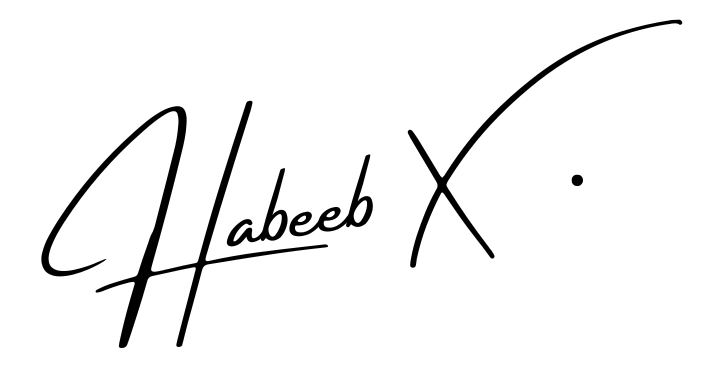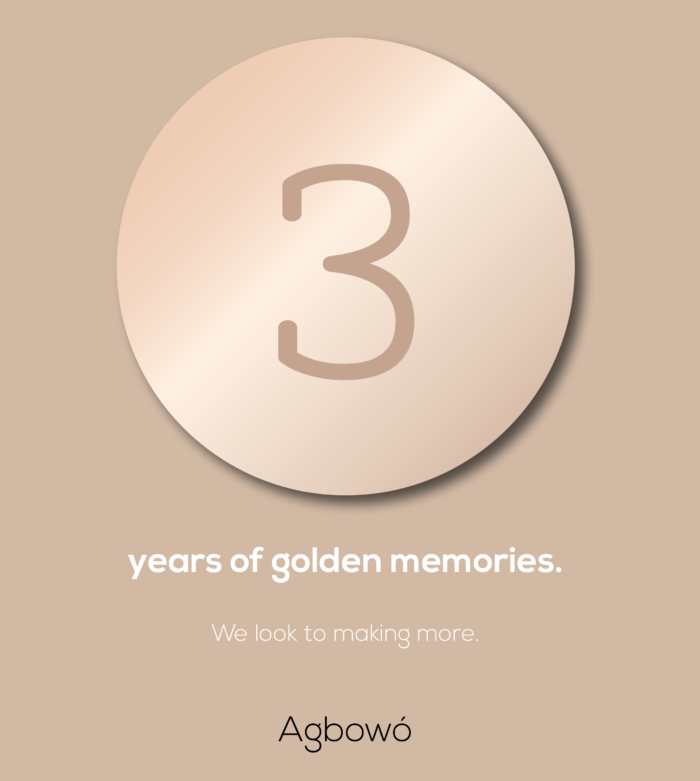On Wednesday, July 22, 2020, Agbowó released its third magazine. It also marked our third year in existence. Since our humble beginnings, we have built an art organization that is now standing out among other art organizations across the continent.
When we first started the magazine, it was only a literary magazine. However, I felt it was important we went for more and for several reasons. I don’t know to what magnitude it is to create and run a literary magazine, but many people had been failing at sustaining one for several years- especially keeping them at the top. Some started well, but started to fade in relevance, several died altogether. Few platforms existed that provided creative Africans with a platform to share their works. For this reason, we had to figure out our sustainability model.
From the beginning, we had our eyes on the globe. While we are an African organization, we wanted our literary and arts platform to be mentioned in the same realm as The New Yorker, Paris Review and Granta. These were organizations that had lasted several decades and continue to wax stronger. However, without similar resources as these organizations, keeping the magazine alive was going to be a task. Keeping it alive, relevant and outstanding was going to be great task.
In 2019, we acquired an events organization, ArtsnChill, allowing us take some of these experiences offline. Yet this step was taken to start to solidify our approach to sustainability. Few weeks into the year, we had our first event and did about 9 more afterwards. In May, we won the Goethe Institut grant that allowed us do more events, but most especially offset the financial costs on us for doing offline events. Almost all of our events were sold out every time we organized them. It also kickstarted our first set of revenue as an organization. While we still had to balance our costs with our income, it made us feel good that there was something to build on. It was also just one of the steps we took to raising actual revenue from serving people in the art community. We tried to run ads on the platform, but when it started interfering with the experience of readers, we had to take it down.

Our third magazine (agbowo.org/memory) was in fact well received. With the commitment of the team, we can guarantee that the organization will continue to thrive and improve in reach and relevance. However, that is not what it will mean for us to succeed. The most important legacy we would leave behind is helping platforms like us find a way to sustainability independent of continuous founder sustenance or grants. The reason this is important for us is simply that creative platforms provide a good avenue to support voices from every corner and of every ideology. Our ability to keep these alive is critical to the progress of our society. When Africans are left with only foreign organizations to share their most important creative works (which has been the case), our ability to strengthen our narratives become at the mercy of foreigners who may not understand the importance of the words and contexts we create. However, many Africans do this because most of the platforms that guarantee them any form of financial return were foreign platforms. Practitioners of creative writing and several other forms of art have often resigned to the inability of their craft to support their livelihoods. Creative Africans thus flocked towards where the money sang, which made sense, as against African platforms who were struggling to stay up.
Thus, at the launch of our second magazine, we became clearer about our goals. We wanted to provide global audience to creative Africans. We also wanted them to get returns on their craft. This was showing some promise until the pandemic, which halted a lot of our activities. However, our base of activities remain untouched. Our team continued to help creative Africans get published on the platform and when it was time for the yearly magazine, we put in a rock solid performance in creating a magazine that people loved to hold in their hands.
There is still a lot to figure out. While we have achieved our primary goal of becoming a recognized African literary brand, we must kickstart (or revive) our journey of building a responsible platform with impressive revenue to bolster our work. Four years is a long time, and what we do in the next 12 months, barring any new halting events, will be instrumental in defining how prepared we are to build one of the Africa’s most reputable art brands.

